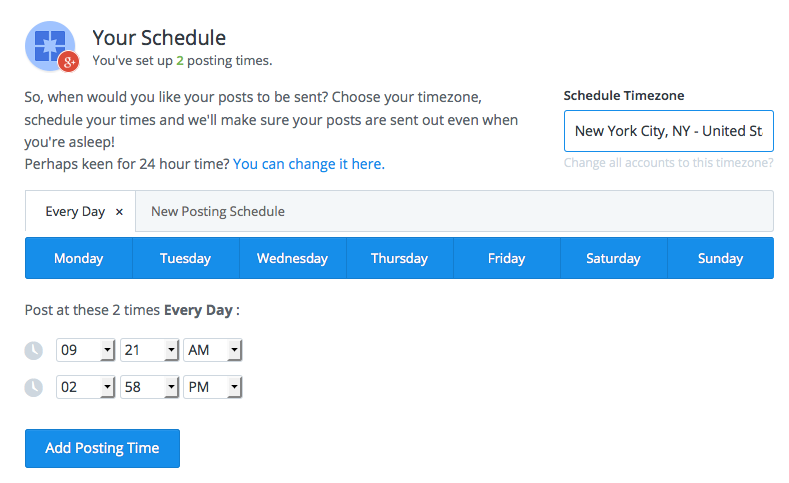If you could learn to write interesting website content hooks that bring 100+ likes for all your posts, would you be interested in learning more about it? Unless you are The Most Interesting Man In The World, your website content is getting ignored if you’re not using the hooks of the trade.
Santa Claus, the tooth fairy, an interesting blogger and an old drunk are walking down the street together when they all spot a fifty dollar bill at the same time. Who gets it? The old drunk, of course. The other three are mythological creatures.
Maybe it’s debatable whether Google has developed an algorithm to penalize boring website content. What’s not debatable is the vulnerability most readers have to content that employs information gaps, bait and switch, leadership and paradigm shifts.
Readers need to be challenged with website content hooks that seduce them and keep them reading more.
 Information Gap Website Content – (Dubious)
Information Gap Website Content – (Dubious)
Examples: Upworthy.com, BuzzFeed.com, (First line of this post)
This woman found a dog. What happens next will blow your mind! If that clickbait piques your curiosity, then you’re not alone. Roughly 100% of human beings can’t resist their curiosity and will do most anything to fill the gap of missing information. Information Gap Theory of Curiosity, developed by George Loewenstein in the early 1990s, is simple: Readers feel an emotional “itch” on the brain that requires them to scratch it by reading the more. There’s a “gap between what we know and what we want to know,” says Loewenstein. Here’s what they’re doing when writing Information Gap content:
- Teasing readers by omitting conclusions to a question
- Displaying images that are purposefully ambiguous
- Challenging readers to test their assumptions
- Testing readers’ sexual, social, moral or morbid curiosity
 Bait and Switch Website Content (Shameless)
Bait and Switch Website Content (Shameless)
Examples: Slate.com, NewYorkTimes.com
Could a brain parasite found in cats help soccer teams win at the World Cup? If you didn’t click on that link, congratulations. There are any number of seemingly bizarre headlines and vulgar images that ultimately lead to nothing but an innocent place on the other side. These headlines and images are both intriguing and appalling, but they’re a sure-fire way to keep people’s interest – to keep them coming back to your website again and again. By varying the presentation and keeping the content unpredictable, Bait and Switch content deceives readers into clicking. It’s also quite possibly the very best way to alienate and to find yourself blacklisted by readers who won’t forget that your posts always end in disappointment. With that in mind, be sure to utilize the below website content hooks infrequently:
- Promising an interesting innovation, but ending with disappointment
- Adding mixtures of unpredictability and helpful facts
- Showing a bang and ending with a shrug
- Seducing with sexual innuendo without taking the reader to second base
 Thought Leadership Website Content (Highly Professional)
Thought Leadership Website Content (Highly Professional)
Examples: LeanIn.org, MarthaStewart.com
These are posts that provide expertise while communicating the credentials, experience and reputation in order to validate the message. These website content hooks typically come from an organization or brand leader that is well established because of a reputation boon, either earned or endured. The hooks can keep hooking – for as long as we love the leader purveying his or her wisdom upon us:
- Persuading through demonstration
- Divulging trade secretes and successful project strategy
- Presenting as a rainmaker who attract customers or attention
- Reflecting on how they overcame challenges
 Paradigm Shifting Website Content (Professional)
Paradigm Shifting Website Content (Professional)
Examples: Ted.com, BitCoin.org, Apple.com
This revolutionary content provides a voice for innovative ideas. Paradigm shift content is an advocacy for fundamental change in the way your reader should approach and assume their lives and business, allowing the reader to feel he or she is on the verge of something big, Big, BIG! While the reality may be rather small (e.g., a demonstration on how to tie a shoelace over instead of under for a tighter knot), the content is seductive and irresistible:
- Empowering readers through inspiration
- Demonstrating change using props or analogies
- Inspiring a feeling of metamorphosis
- Providing guidelines for reinvention
Headlines, articles and images utilizing website content hooks funnel readers through a website. Whichever methodology used to attract readers, website content should always satisfy with a quality that is original and useful to readers. And as with all great recipes, if the reader sees the seams or feels manipulated the website content hooks are acutely ineffective.



 How Can Maid Service Software Features Benefit You?
How Can Maid Service Software Features Benefit You? Print invoices, labels and flyers for snail mail
Print invoices, labels and flyers for snail mail Set reminders
Set reminders











